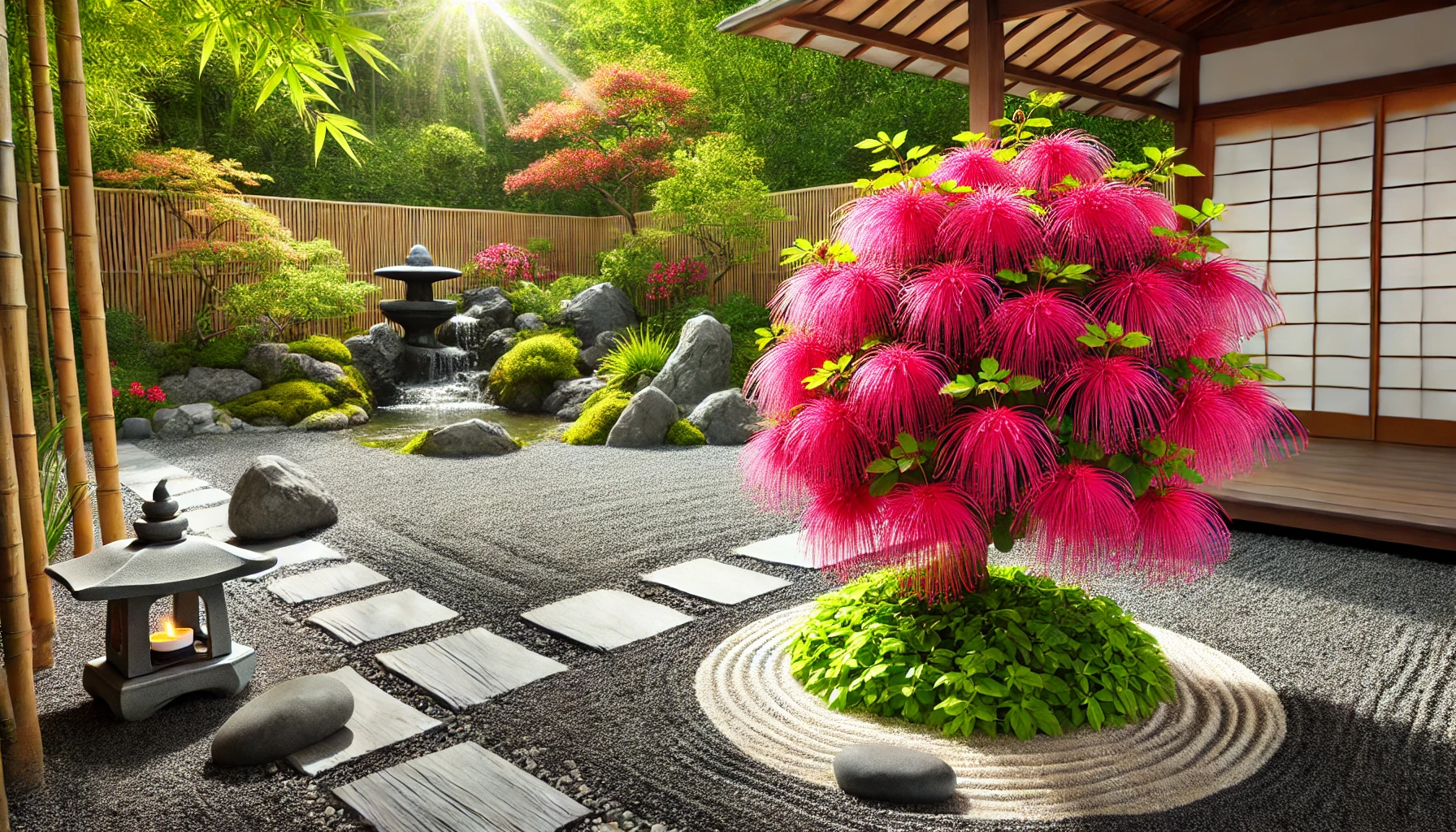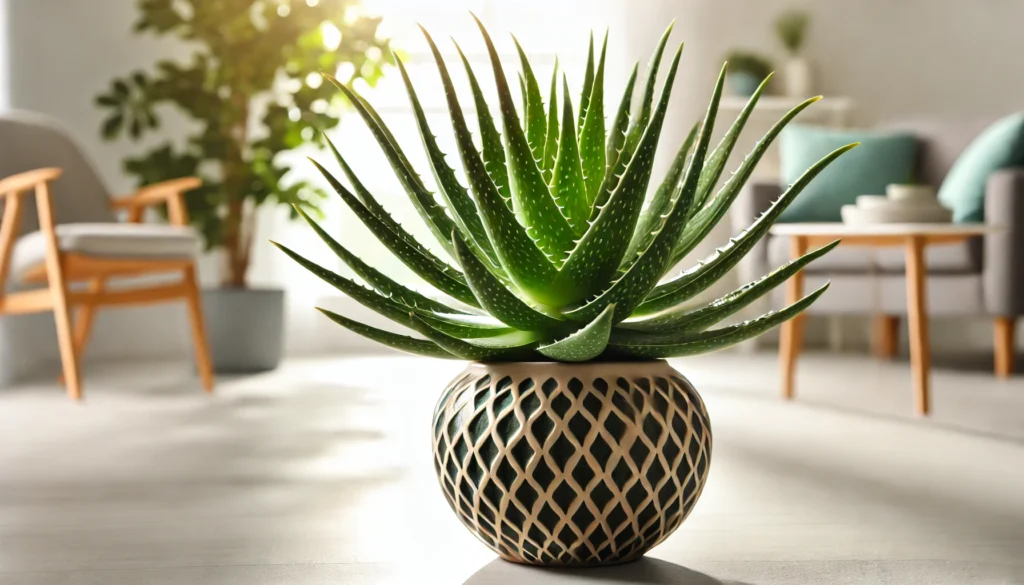
The Fringe Flower (Loropetalum chinense) is a striking perennial shrub known for its vibrant, fringe-like flowers and lush, dark foliage. With its unique appearance and low-maintenance nature, it has become a popular choice for both garden landscapes and ornamental containers. This evergreen shrub can grow up to 6 to 10 feet tall (1.8 to 3 meters) and spread to a similar width, making it an impressive addition to any garden.
History and Ideal Growing Conditions
Native to China, Japan, and Southeast Asia, the Fringe Flower has been cultivated for centuries due to its ornamental value. It was introduced to the Western world in the 19th century and quickly gained popularity for its distinctive blooms and adaptability. The plant thrives in USDA Hardiness Zones 7-9, where it can enjoy mild winters and warm summers. Ideal growing conditions include well-draining soil and a location that receives full sun to partial shade. While it can tolerate some shade, too much shade may reduce flowering. The Fringe Flower prefers a slightly acidic soil pH, ranging from 5.5 to 6.5, which helps maintain its vibrant foliage color.
Is the Fringe Flower Toxic to Pets?
The Fringe Flower is considered non-toxic to pets, making it a safe choice for households with cats and dogs. You can confidently plant it in your garden or home without worrying about harming your furry friends.
Safe Alternatives for Pet Owners
Since the Fringe Flower is pet-safe, you don’t need to look for alternatives. However, if you’re interested in adding more pet-friendly plants to your garden, consider the Camellia (Camellia spp.) or the Bottlebrush Plant (Callistemon spp.), both of which are also non-toxic and provide striking visual appeal.
Best Practices for Caring for Your Fringe Flower
Caring for a Fringe Flower is relatively simple, but following a few best practices will ensure your plant thrives and remains healthy.
Watering and Humidity
The Fringe Flower prefers consistently moist soil, especially during its first growing season when it’s establishing its root system. Water the plant deeply and regularly, allowing the soil to dry slightly between waterings. Once established, the Fringe Flower is somewhat drought-tolerant, but it will perform best with regular watering during dry spells. In terms of humidity, this plant is adaptable and doesn’t require special humidity conditions, making it suitable for most climates within its hardiness zones.
Soil, Light, and Temperature
For optimal growth, plant your Fringe Flower in well-draining soil that is rich in organic matter. A slightly acidic soil pH of 5.5 to 6.5 will help maintain the deep color of the foliage. The Fringe Flower thrives in full sun to partial shade. While it can tolerate more shaded conditions, the best flower production and foliage color will be achieved in areas with more sunlight. The ideal temperature range for the Fringe Flower is between 60°F and 75°F (15°C to 24°C), but it can tolerate temperatures as low as 10°F (-12°C) in winter.
Common Problems and Remedies
The Fringe Flower is generally resistant to pests and diseases, but it can encounter a few issues.
One common problem is leaf spot, a fungal disease that can cause dark spots on the leaves. To prevent this, ensure good air circulation around the plant and avoid overhead watering. If leaf spot occurs, remove affected leaves and treat the plant with a fungicide. Another issue is root rot, often caused by poor drainage or overwatering. Make sure the soil drains well and adjust watering practices as needed. Finally, if the plant is not flowering well, it may be due to insufficient sunlight. Moving it to a sunnier location should help improve bloom production.
Invasiveness
The Fringe Flower is not considered invasive in most regions. However, in some areas with ideal growing conditions, it may spread more than desired. To manage its growth, prune the plant regularly and consider planting it in a container if you want to limit its spread. If you are concerned about potential invasiveness, consider planting the Japanese Maple (Acer palmatum) or the Hydrangea (Hydrangea spp.) as alternative ornamental shrubs that are less likely to spread.
Propagation and Benefits of the Fringe Flower
Propagating the Fringe Flower is straightforward and can be done through semi-hardwood cuttings taken in late summer or early fall. These cuttings root easily in moist, well-draining soil, making it simple to grow new plants. Beyond its ornamental value, the Fringe Flower also attracts pollinators like bees and butterflies, enhancing the biodiversity of your garden. Additionally, its evergreen nature ensures year-round interest, even in the winter months.
Final Thoughts
The Fringe Flower is a versatile and striking shrub that brings color and texture to any garden. With its vibrant flowers, lush foliage, and easy care requirements, it’s an excellent choice for both novice and experienced gardeners. Its non-toxic nature makes it a safe addition to homes with pets, and its adaptability ensures it can thrive in a variety of climates. Whether planted as a focal point in a garden bed or used to add interest to a container garden, the Fringe Flower is sure to be a standout in any landscape.



